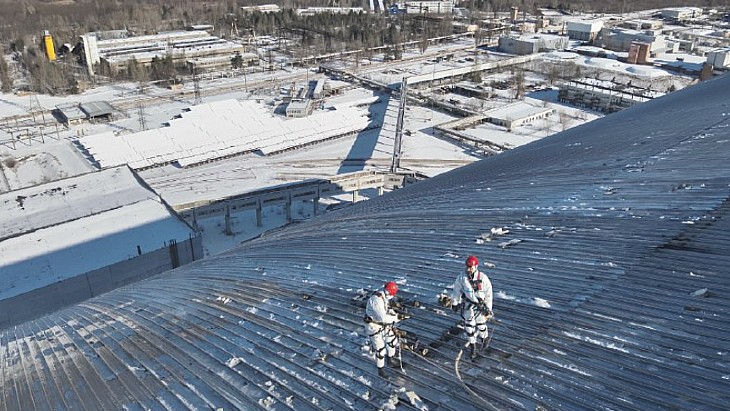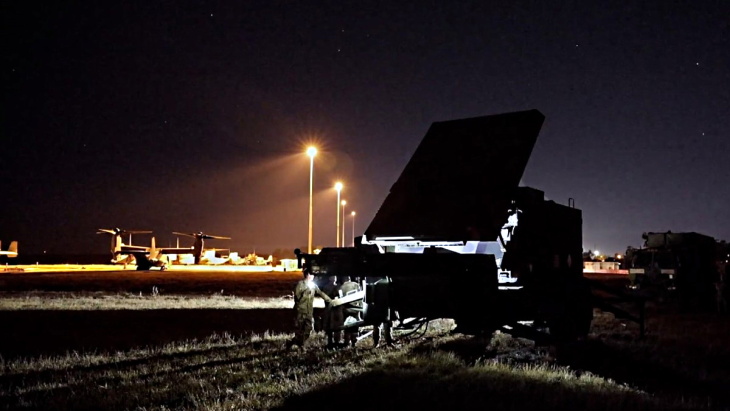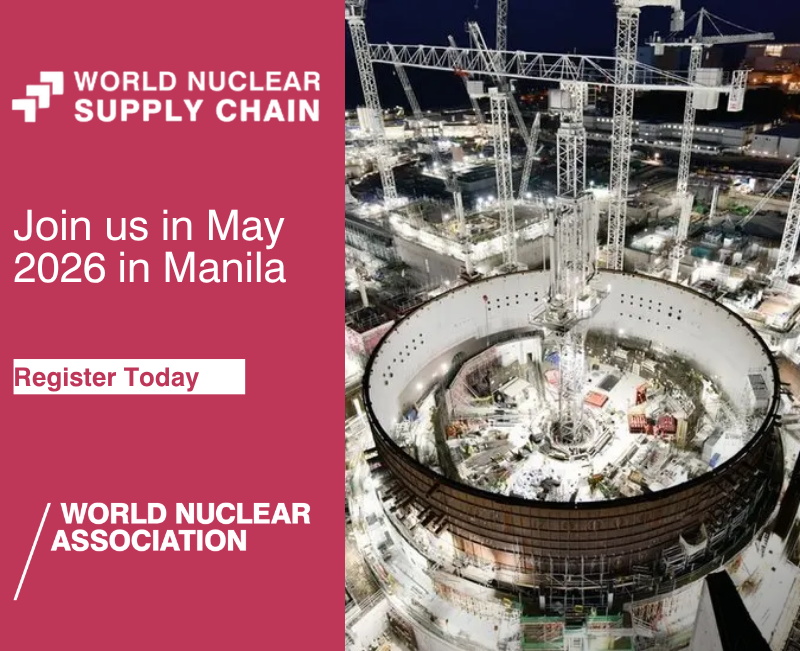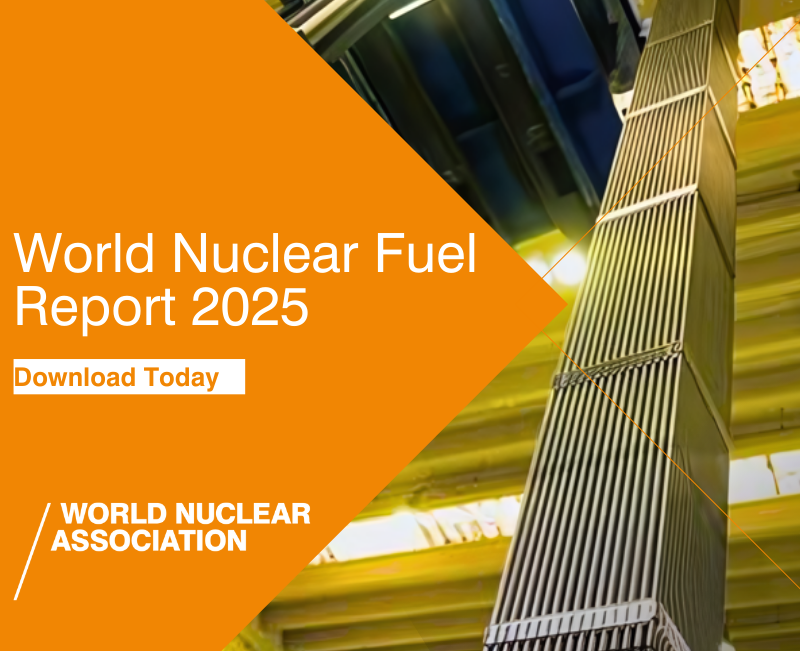The State Emergency Service of Ukraine said on Monday morning there were three groups of climbers tackling three smouldering areas of the roof insulation on the New Safe Confinement. According to SSE ChNPP - which runs the Chernobyl site and decommissioning activities - radiation levels have remained normal throughout, with 84 people working at the scene as of Saturday afternoon, as they sought to wet the smouldering insulation and stop the spread.
It reported that a 15 square metres area of the external cladding of the arch-shaped New Safe Confinement was damaged at a height of about 87 metres, as well as wider "sheathing defects" for an area of about 200 square metres. Damage to both the outer and inner shell of the structure was identified.
The International Atomic Energy Agency, which has experts stationed at Chernobyl, said that the efforts to "put out and prevent the spread of any remaining fires - apparently fuelled by inflammable material in the roof cladding" had delayed work to start repairing the damage to the New Safe Confinement.
IAEA Director General Rafael Mariano Grossi said: "This was clearly a very serious incident, with a drone hitting and damaging a large protective structure at a major nuclear site. As I have stated repeatedly during this devastating war, attacking a nuclear facility is an absolute no-go, it should never happen. It is especially concerning as it comes as we are also seeing an increase in military activity in the area around the Zaporizhzhia nuclear power plant. The IAEA remains committed to doing everything we can to help prevent a nuclear accident."
The IAEA said their team "confirmed that both the outer and inner cladding of the NSC arch had been breached, causing a hole measuring approximately six metres in diameter and also damaging some equipment as well as electrical cables. However, the structural support beams did not appear to have suffered major damage".
The European Bank for Reconstruction and Development, which oversaw the shelter project and which together with 45 donors helped fund the EUR2 billion (USD2.1 billion) construction costs of the New Safe Confinement, said it "stands ready to support the government of Ukraine and partners" to ensure Chernobyl remains an environmentally safe and secure site.
What is the New Safe Confinement?
Chernobyl Nuclear Power Plant's unit 4 was destroyed in the April 1986 accident (you can read more about it in the World Nuclear Association's Chernobyl Accident information paper) with a shelter constructed in a matter of months to encase the damaged unit, which allowed the other units at the plant to continue operating. It still contains the molten core of the reactor and an estimated 200 tonnes of highly radioactive material.
However it was not designed for the very long-term, and so the New Safe Confinement - the largest moveable land-based structure ever built - was constructed to cover a much larger area including the original shelter. The New Safe Confinement has a span of 257 metres, a length of 162 metres, a height of 108 metres and a total weight of 36,000 tonnes and was designed for a lifetime of about 100 years. It was built nearby in two halves which were moved on specially constructed rail tracks to the current position, where it was completed in 2019.
It has two layers of internal and external cladding around the main steel structure - about 12 metres apart - with the IAEA confirming that both had been breached in the incident. The NSC was designed to allow for the eventual dismantling of the ageing makeshift shelter from 1986 and the management of radioactive waste. It is also designed to withstand temperatures ranging from -43°C to +45°C, a class-three tornado, and an earthquake with a magnitude of 6 on the Richter scale.
According to World Nuclear Association, the hermetically-sealed New Safe Confinement allows "engineers to remotely dismantle the 1986 structure that has shielded the remains of the reactor from the weather since the weeks after the accident. It will enable the eventual removal of the fuel-containing materials in the bottom of the reactor building and accommodate their characterisation, compaction, and packing for disposal. This task represents the most important step in eliminating nuclear hazard at the site - and the real start of dismantling".
The wider context
Chernobyl nuclear power plant lies about 130 kilometres north of Ukraine's capital Kyiv, and about 20 kilometres south of Belarus. A 30-kilometre exclusion zone remains around the plant, although some areas have been progressively resettled. Three other reactors at the site, which was built during Soviet times, continued to operate after the accident, with unit 3 the last one operating, until December 2000.
When Russia launched its invasion of Ukraine in February 2022 it rapidly took control of the Chernobyl plant. Its forces remained there until withdrawing on 31 March 2022 and control returned to Ukrainian personnel. The IAEA has had experts stationed at the site as the war has continued, seeking to help ensure the safety and security of the site.
IAEA teams are also in place at Ukraine's three operating nuclear power plants and the Zaporizhzhia nuclear power plant, which has been under the control of Russian forces since early March 2022.
Ukraine has blamed Russia for the drone strike, while Russia denied it was responsible and blamed Ukraine. The IAEA has not attributed blame to either side during the war, with Director General Grossi explaining in a press conference at the United Nations in April last year that this was particularly the case with drones, saying "we are not commentators. We are not political speculators or analysts, we are an international agency of inspectors. And in order to say something like that, we must have proof, indisputable evidence, that an attack, or remnants of ammunition or any other weapon, is coming from a certain place. And in this case it is simply impossible".





_69218.jpg)

_50545.jpg)
_28367.jpg)
_76087_55556.jpg)




